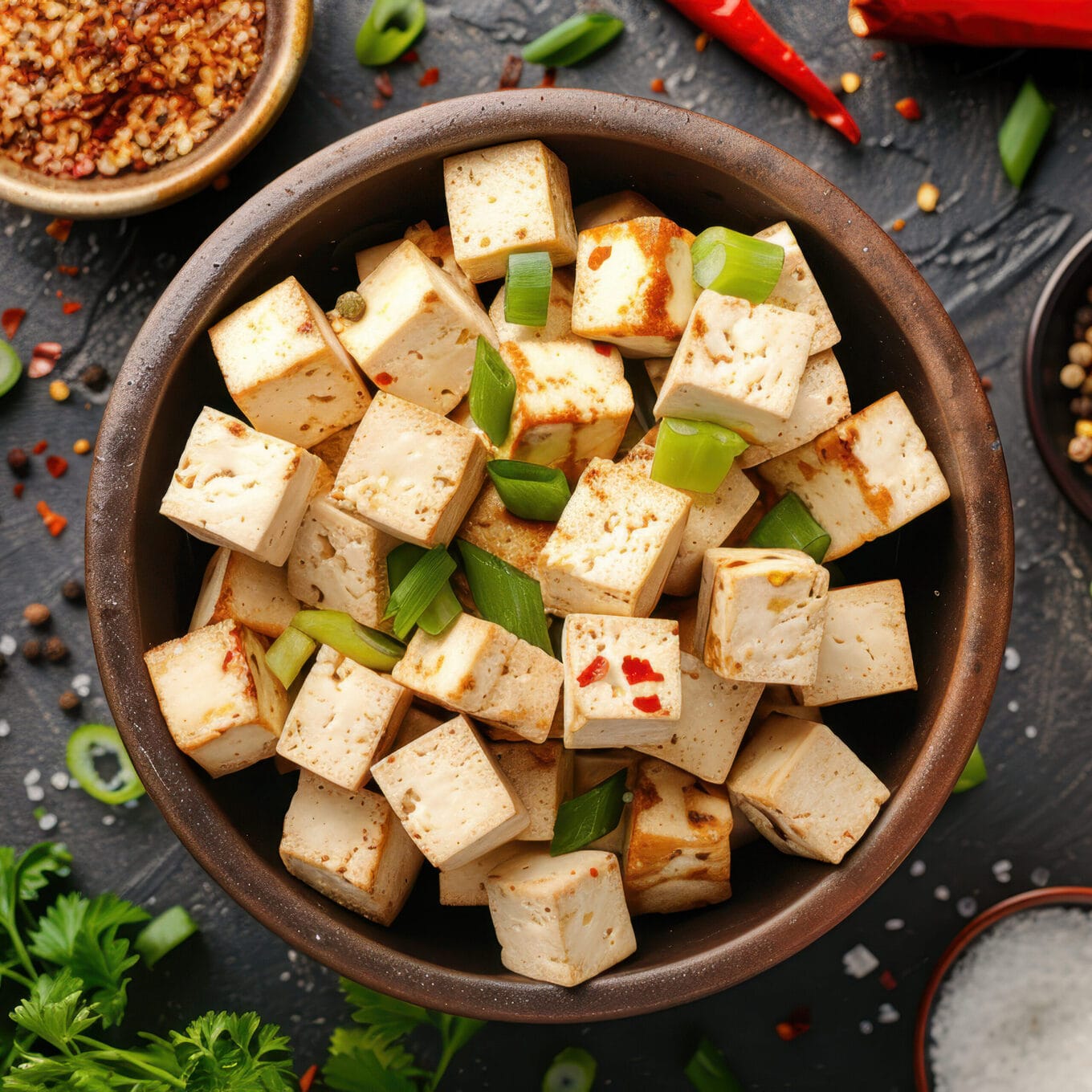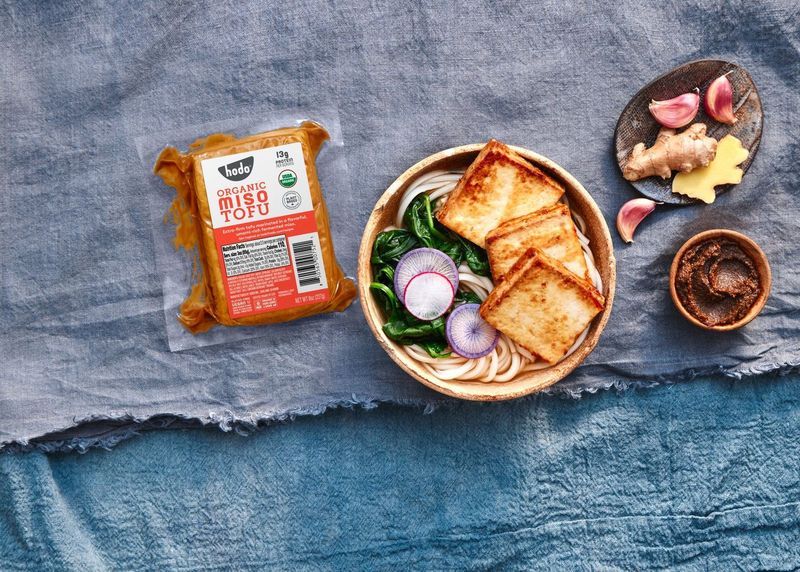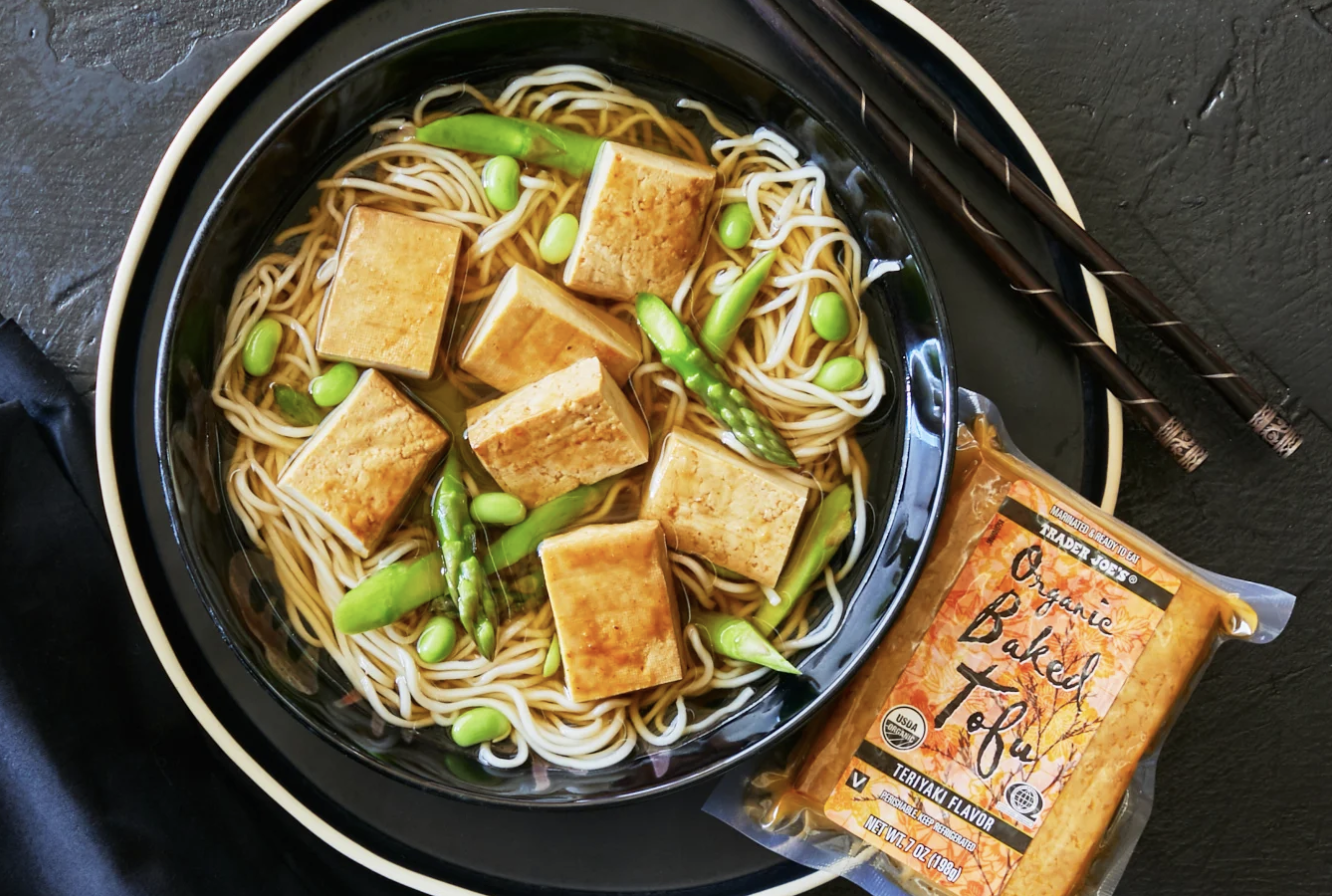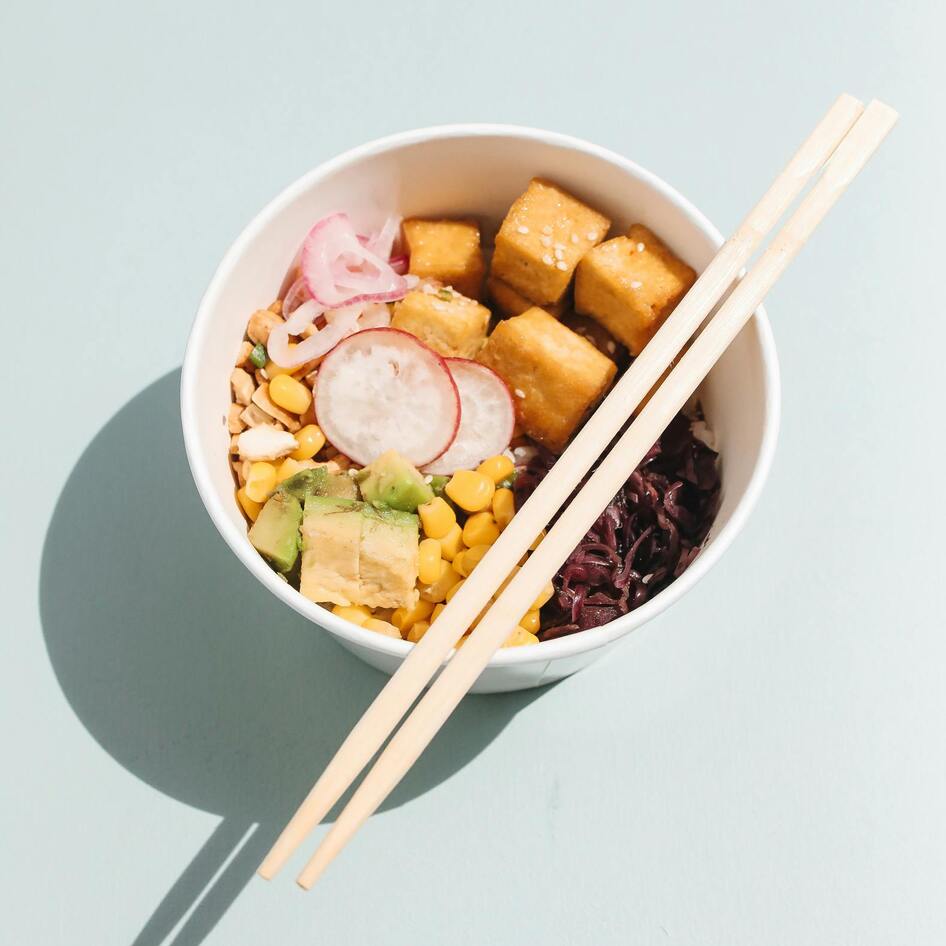The clean eating movement is having a reckoning. After years of plant-based innovation with ingredient labels as long as a CVS receipt, a familiar block of soy is making its quiet, triumphant return. Tofu, often overshadowed by trendier alternatives, is once again a kitchen staple—not because it’s new, but because it’s cheap, clean, and more versatile than its processed counterparts.
With mounting concern over ultra-processed foods (UPFs), consumers are reevaluating what health actually looks like on the plate. Tofu, with its short ingredient list and centuries-old heritage, is emerging as a symbol of the “real food” renaissance. According to recent data, the global tofu market hit $3 billion in 2024 and is projected to climb to $4.4 billion by 2033. That demand is not driven by novelty, but by trust.
 Nasoya
Nasoya
Ultra-processed foods now make up more than half of the average American’s diet. Their links to obesity, cancer, and metabolic disorders are prompting both public health experts and everyday shoppers to take stock. In contrast, tofu, made from soybeans, water, and a coagulant, offers a simplicity that stands in stark opposition to ingredient lists full of methylcellulose and carrageenan. Studies have linked tofu’s nutritional profile—rich in complete protein, calcium, iron, and magnesium—to improved heart health and reduced risk of chronic diseases. And it’s not just about what tofu contains, but what it doesn’t: no cholesterol, low saturated fat, and none of the synthetic additives found in so many modern meat alternatives.
Clean protein, low-calorie
Tofu’s simplicity is particularly appealing to a new class of consumers: users of GLP-1 weight loss medication. Medications like Ozempic and Wegovy have reshaped weight loss culture, but they come with nutritional challenges. As appetite is suppressed, every bite counts more—especially when it comes to preserving lean muscle and bone density. Medical professionals have raised concerns that these medications may accelerate nutrient deficiencies, including protein and calcium. Tofu’s low-calorie, high-protein, calcium-rich profile makes it an ideal fit for GLP-1 dietary regimens, and it’s showing up in dietitian-approved meal plans across the country.
 Hodo
Hodo
A 2021 Oxford University study found that a plant-forward diet is healthier and considerably cheaper than a conventional diet. “We think the fact that vegan, vegetarian and flexitarian diets can save you a lot of money is going to surprise people,” Marco Springmann, PhD, researcher on the Oxford Martin Programme on the Future of Food, said at the time.
And the interest in protein shows no signs of slowing. A 2024 survey reported that 71 percent of Americans are actively seeking out more protein, up from 51 percent just two years prior. Once the domain of bodybuilders, protein has become a buzzword for everyone from perimenopausal women to TikTok wellness influencers. But with that surge in interest has come an equal uptick in marketing noise. In a sea of protein powders, puffs, popcorn, bars, and candy-like confections, tofu is one of the few protein sources that bridges the desire for both performance nutrition and culinary legitimacy.
A cultural call-back
Tofu’s comeback isn’t just nutritional; it’s cultural. After years of being misunderstood in the West—called bland or boring by the uninitiated—the broader embrace of Asian cuisines has helped reposition tofu as the versatile, texturally rich ingredient it truly is. Events like the Northern California Soy and Tofu Festival, now in its 13th year, celebrate the ingredient in all its forms.
 Getty
Getty
Tofu has also benefited from recent innovation—but not the kind that sacrifices its clean profile. Flavored, marinated, and ready-to-cook varieties have made tofu more accessible to the tofu-curious. Head to TikTok or Instagram to see versatile, easy-to-make tofu recipes that spotlight its potential—from sauces and stir-fries to crackers, desserts, and more.
Past is protein prologue
Industry experts are calling this “a new era of popularity” for tofu in the US, citing its affordability, innovation, and increased flexitarianism as major drivers. “Demand for soy as a protein source in the US is evolving as consumers embrace its sustainability, versatility, and nutritional benefits,” Pam Smith, RDN and soy expert, said in an interview with FoodNavigator USA.
Smith added that the cost of fresh tofu gives it a key edge among budget-conscious shoppers.
“As households continue to mind grocery spend, the cost of fresh tofu remains 50 percent of the cost of meat alternatives—giving this whole food ingredient a significant advantage,” Smith said.
The protein category has also benefited from a subtle shift in how sustainability is discussed at the dinner table. While the flashier meatless options have drawn criticism for their carbon footprints and manufacturing complexities, tofu has quietly remained one of the most environmentally friendly protein sources available.
“When scientists like me advocate for healthy and environmentally-friendly eating, it’s often said we’re sitting in our ivory towers promoting something financially out of reach for most people,” Springmann said. “This study shows it’s quite the opposite. These diets could be better for your bank balance as well as for your health and […] the planet.”
 Trader Joe’s
Trader Joe’s
BECOME A VEGNEWS VIP: Get exclusive product deals, freebies, and perks galore!
Retailers and restaurants are also seeing a shift. Walmart now carries nearly 200 tofu-based products, from the plain water-packed to dried and processed nuggets. Fine dining chefs are also given tofu reverence—fermented, charred, brined, and infused with umami in ways that rival meat dishes. And in many Asian American households, it never left the menu in the first place.
Ultimately, tofu’s return says less about marketing cycles and more about consumer intuition. The pendulum swing away from processed and back to whole foods isn’t nostalgia; it signals a better understanding of nutrition. In a food system dominated by overpromises, tofu doesn’t need a rebrand.
For more plant-based stories like this, read:
JUMP TO ... Latest News | Recipes | Guides | Health | Subscribe








